In which Sid and Doris take to buses and trams, and Sid loses at crazy golf. Again.
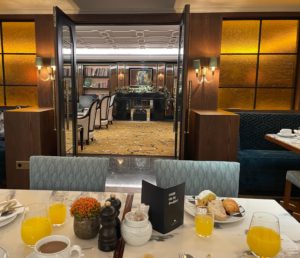 We start the day with a look at the hotel’s public rooms. The whole place is done out in gloriously consistent Art Deco style. The library, which you can see here from the breakfast room, would be a key feature of a London gentleman’s club. The breakfast room is equally splendid, and so is the breakfast. What is their rate for a suite for the whole winter? Doris already has the calculator and bank statements out.
We start the day with a look at the hotel’s public rooms. The whole place is done out in gloriously consistent Art Deco style. The library, which you can see here from the breakfast room, would be a key feature of a London gentleman’s club. The breakfast room is equally splendid, and so is the breakfast. What is their rate for a suite for the whole winter? Doris already has the calculator and bank statements out.
Despite the inside loveliness Sid and Doris go to look for bus 500 to take us to the Foz, where the Douro meets the sea and the temperature is now about 20 degrees. As they make their way Doris spies a crazy golf and nothing will do but we must play eighteen holes. Doris wins, which is entirely normal. We might ask what is Sid’s handicap, but it would be polite not to answer. Anyway it is an ingeniously-engineered course and at least 50% of the party had a great time.
The Atlantic has medium large waves coming from Florida or thereabouts and the sea wall is putting up some solid spray.
Really we have come out here to see the Maregrafo, which is a machine to show the tidal depth at the bar. (A bar is a bank of sand or shingle often to be found at a river mouth which boats must navigate when coming into or out of the river. See, for instance the Beaulieu River. And ideally see it at a level of tide which is just slightly deeper than the last time that we saw it.)
Sadly the Grafo is no longer working and its little building is covered with graffiti. There is also an unexplained inscription carved deeply into the very edge of the quayside next to it, which we offer to you, our cherished and always inquisitive reader(s), as today’s challenge.
We set about finding an antique electric tram back into town. This is a very satisfying vehicle, and we start by seeing how the driver turns the pantograph round, before hopping in and being the only two passengers for the entire journey.
It seems that the Porto-ians take their tram system very casually, with cars parked very close to the tracks (very close meaning under 2cm of clearance past folded-in wing mirrors on tight uphill corners, with the driver leaning out of his seat to check as we inch slowly past). At one point we come up behind a pedestrian. Our driver reduces speed, clangs the electric bell and eventually is about two feet from the dude’s back before he hears something, turns around and high jumps about 2.46 meters in the air setting a new world record which was subsequently disallowed due to external assistance.
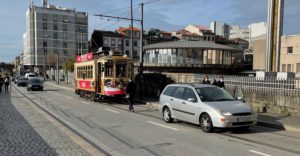 The whole thing is charming and works very well, if without Hermann’s easy ride, until a car is broken down on the tracks which trams share with roads and pavements. We callously leave the driver trying to persuade the passing traffic to push the car onto the non-tram side of the road and walk off to attend to our touristic duties.
The whole thing is charming and works very well, if without Hermann’s easy ride, until a car is broken down on the tracks which trams share with roads and pavements. We callously leave the driver trying to persuade the passing traffic to push the car onto the non-tram side of the road and walk off to attend to our touristic duties.
Pausing only for Santini’s ice cream lunch, which is fabulous if nearly drowned out by more of Porto’s building work, we set out for the Old Customs House built over a Roman palace. Customs was an excellent racket fought over by the royal family and the church. It still goes on. See also autarky, tariff, trade wars, ‘US foreign policy for the middle class’, WTO and of course Brexit.
The Customs House museum offers a view of the city’s economy up to about 1,700 (with plenty on their empire and just enough on the slave trade not to ignore it) but is not the town museum. Where is the story of the 1,755 earthquake, the port wine industry, the coming of the railway, the role of the river? We ask where the rest of Porto’s economic history is set out, but it seems the museum of science and industry is shut. We are offered a museum with some cars in but Sid’s heart’s not in it. Doris looks alarmed and drags Sid off home to do a covid self-test.
We wander on, check out the high level of Gustav’s bridge with its modern trams and long views before getting back to The Monumental and a little light diary writing. Trams two, churches nil.
If you would like to restore any buildings in this Unesco Heritage city, there is plenty of choice, by the way.
We finish with some more you-are-not-in-the-UK-now pictures, this time of shops…
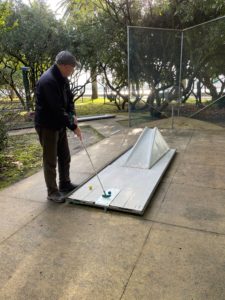
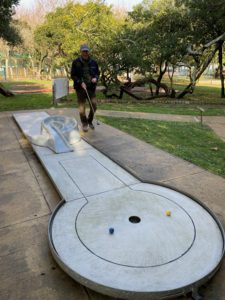
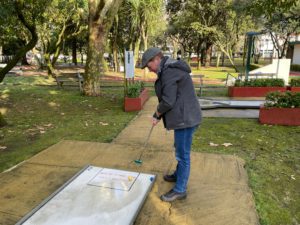
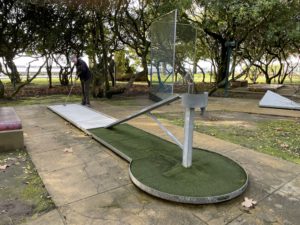
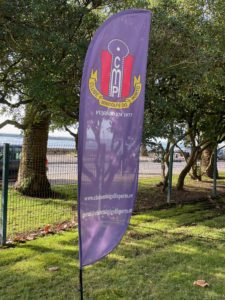
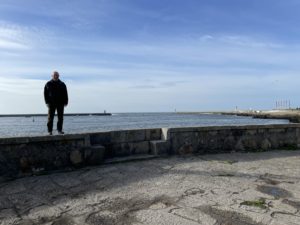
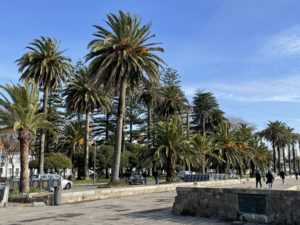
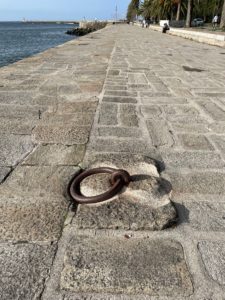
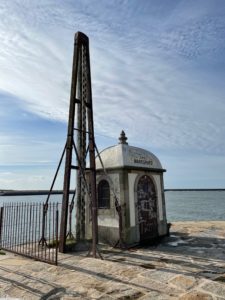
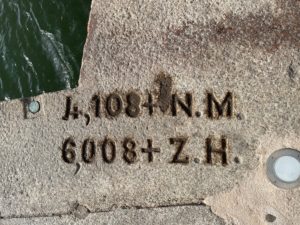
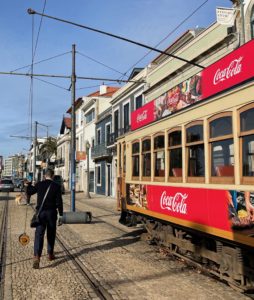
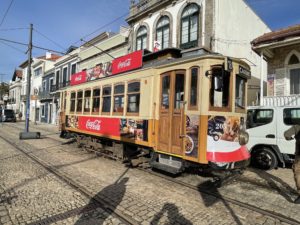
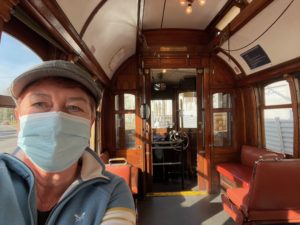
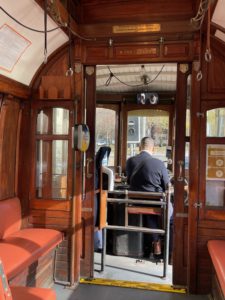
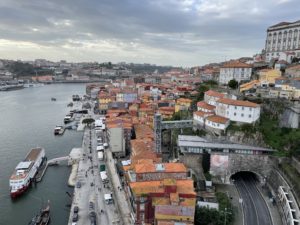

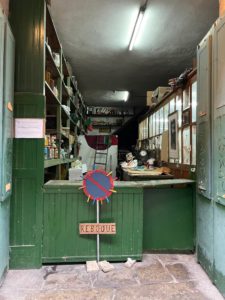
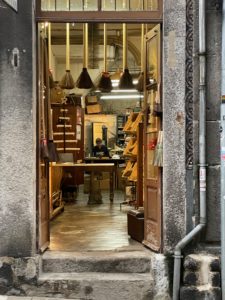
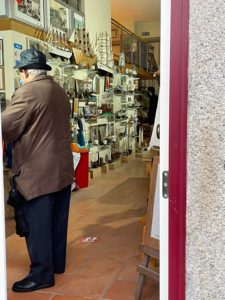
N.M. could be nivel medio = average level. (Could equally be max or min level. )
No idea about Z.H.
I am going to throw in a guess that the Z is for zero, which the Portuguese cleverly call zero. Zero Elevation Surface is a term of art in tidal study. The H? I got nothin’…